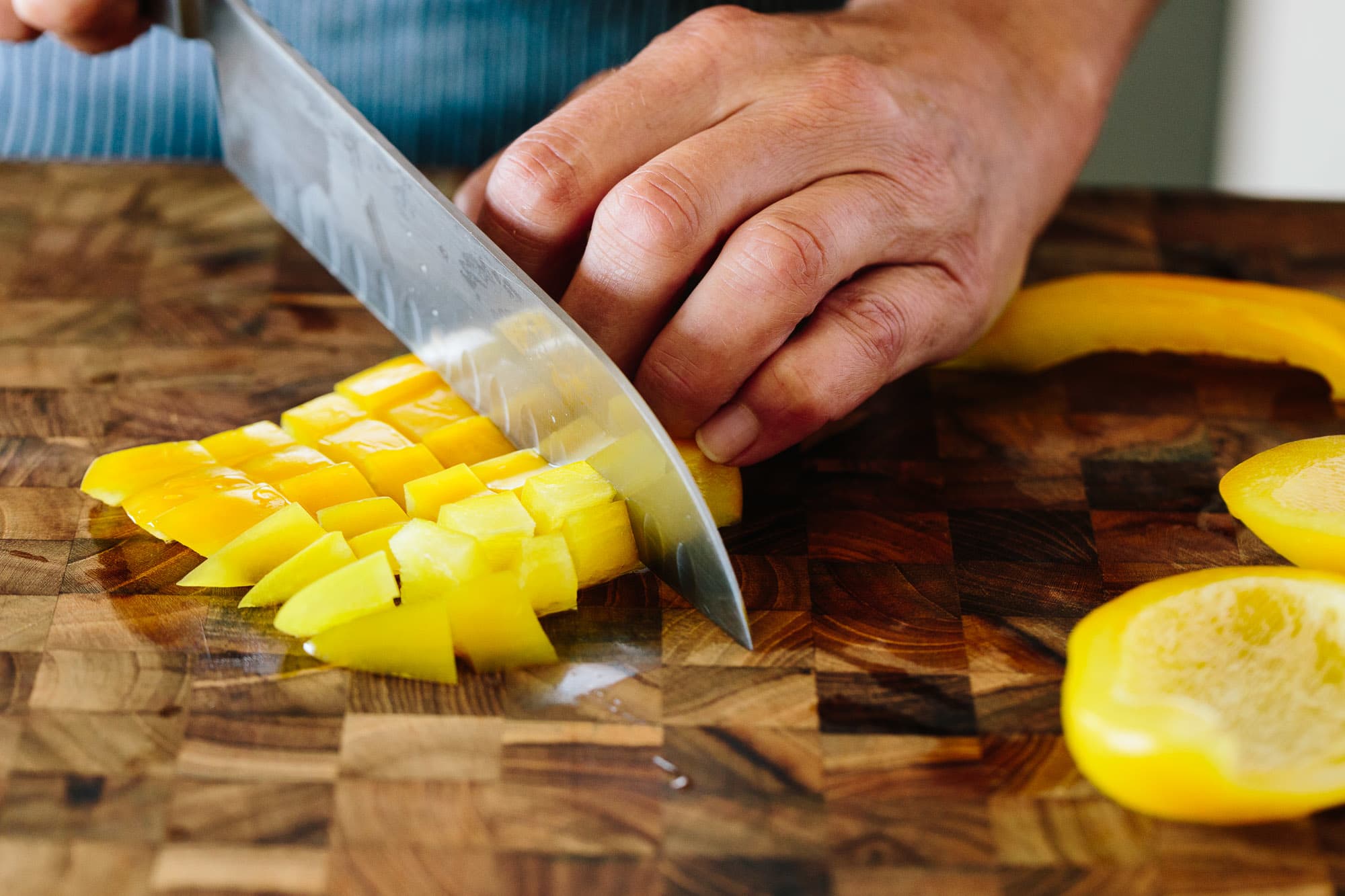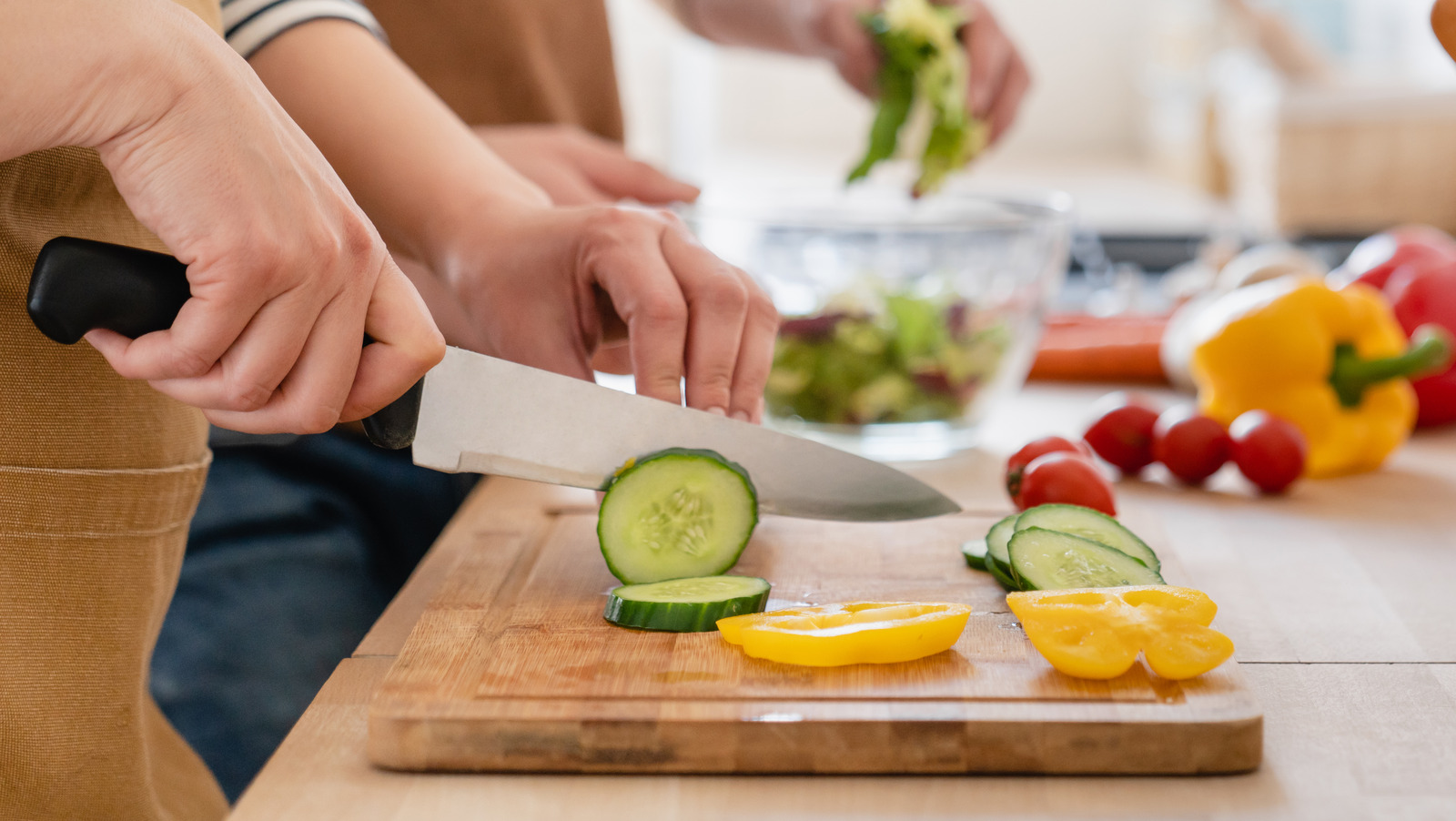How to Make a Durable Cutting Board without a Table Saw
Written By James Morgan
If youre a barbecue enthusiast planning your next cookout, a sturdy cutting board is essential. But what if you don't have a table saw? Dont worry; you can still create a functional and elegant cutting board using simple tools. In this guide, well walk you through how to make a cutting board without a table saw. Not only will this save you money, but it will also give you a sense of accomplishment, knowing you crafted it with your own hands.

Why Choose a Handmade Cutting Board?
Creating your own cutting board is not only a fulfilling project but also allows you to tailor the size and shape to your specific needs. Plus, a handmade cutting board can make a great personalized gift for fellow barbecue lovers.
Materials You'll Need
- Wood planks (such as maple, walnut, or cherry)
- Wood glue
- Clamps
- Planer or hand plane
- Sandpaper (various grits)
- Cutting tools (jigsaw or handsaw)
- Mineral oil or cutting board conditioner

Steps to Crafting Your Cutting Board
Step 1: Choose Your Wood
The first step in learning how to make a cutting board without a table saw is selecting the right wood. Hardwoods like maple, walnut, and cherry are excellent choices because they are durable and have beautiful grain patterns. Avoid softwoods as they can easily get damaged.
Step 2: Cutting the Wood
Since we're avoiding the use of a table saw, opt for a jigsaw or handsaw to cut your wood planks to the desired length. Aim for uniform cuts to ensure the pieces fit together seamlessly.
Step 3: Gluing and Clamping
Apply a generous amount of wood glue to the edges of each plank and align them together. Use clamps to hold the planks tightly in place. Let the glue cure for 24 hours to create a strong bond.
For detailed steps on clamping, check out this guide.
Step 4: Planing the Surface
Once the glue has dried, use a planer or hand plane to smooth out the surface of the cutting board. This ensures that all the pieces are level and free of any glue residue. If you don't have a planer, extensive sanding can achieve similar results.
Step 5: Sanding
With the surface planed, begin sanding your cutting board. Start with a coarse grit sandpaper and work your way to a finer grit. The goal is to achieve a smooth, splinter-free surface. Sanding also helps to round off any sharp edges.
Step 6: Finishing Touches
Apply a food-safe finish like mineral oil or a cutting board conditioner. This not only makes the wood look vibrant but also protects it from moisture and bacterial growth.
Consult this resource for more information on coating your cutting board.

Maintenance Tips for Long-Lasting Use
Regular maintenance will keep your cutting board in top shape, making it a reliable tool for your barbecue sessions. Periodically oil the board to maintain its luster and durability.

FAQs
Can I use any type of wood?
While you can use various types of wood, it's best to stick to hardwoods like maple, walnut, or cherry. These woods are durable and less prone to knife marks.
How often should I oil my cutting board?
It's advisable to oil your cutting board once a month, or more frequently if you use it often. This helps maintain the wood and prevents it from drying out.
What if I don't have clamps?
If you don't have clamps, you can use heavy objects to press the planks together while the glue dries. Though less effective, it can work in a pinch.
Conclusion
Learning how to make a cutting board without a table saw is a rewarding experience. From selecting the wood to applying the final finish, every step adds a personal touch to your kitchen essential. Plus, its a fun project that aligns perfectly with your passion for barbecuing. Happy crafting!
For more tips on cutting boards, visit this link.
As an Amazon Associate, I earn from qualifying purchases.



